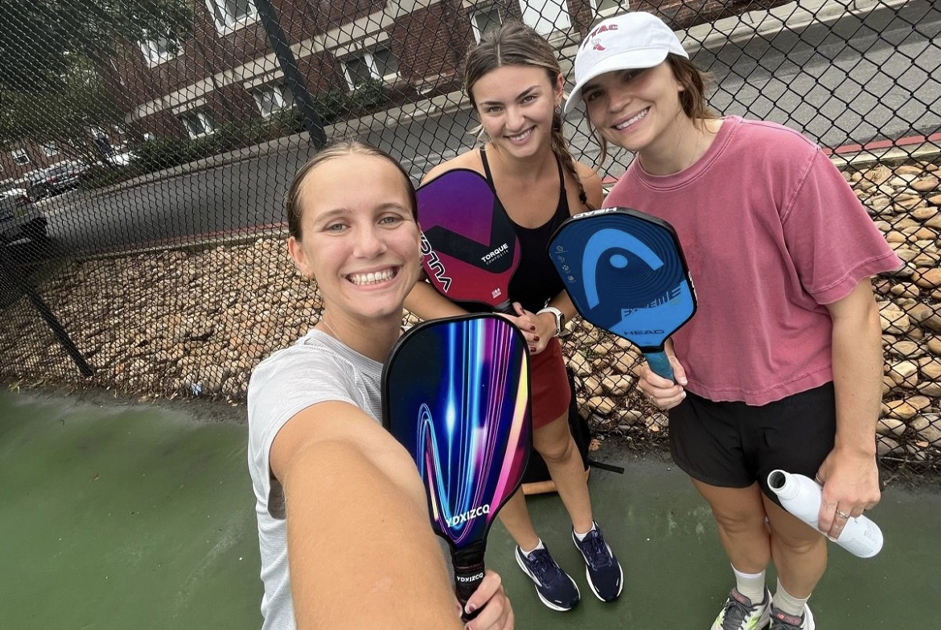Dr. Emma White: Changing Healthcare One Physical Therapist at a Time
A December 2020 workforce analysis by the American Physical Therapy Association (APTA) reported that 2.5% of Physical Therapists (PTs) in the USA are African American. The percentages were slightly higher for Asian and Hispanic therapists, but not much. Most of the 312,000 PTs in the US were white and female, with about 6,300 PTs living and working in North Carolina. Only about 150 (2.5%) of the 6,300 PTs in North Carolina are African American, while the total African American population of North Carolina totals 2.2 million. This glaring disparity is about to change with the help of Dr. Emma White, Associate Clinical Professor and Co-Chair of the Admissions Committee for the Department of Physical Therapy at Winston-Salem State University (WSSU).

Dr. White loves a challenge. She grew up in Virginia, competing with her two brothers and two sisters to see who got the best grades. The question in her home was not “if you were going to college,” but “where you were going to college.” A neighbor and school board member, Mrs. Johnson, introduced Emma, and many of the neighborhood kids, to different professions during the middle school summers.
Emma shadowed a physical therapist and fell in love with physical therapy. She attended Virginia Commonwealth University and Medical College of Virginia for physical therapy school and was one of three African Americans in her class during the mid-1970s. Almost 40 years later, the lack of diversity in PT schools is unchanged across the country. Emma did not plan to change this disparity, but that is exactly what she is doing. Upon graduation, she moved to South Carolina and quickly became the director of a PT department in a large hospital, then moved to High Point. In a few years, Emma arguably became one of the first African American females to own her own clinic in North Carolina. She met the challenges of obtaining business loans, marketing to physicians, and educating patients who did not want a “black girl” to treat them. Many times, she was the only African American or only female “in the room” in an area of North Carolina not used to strong, diverse female business owners. Loving a challenge, she later completed her transitional doctorate degree in physical therapy at the University of Chapel Hill, while raising a family with her husband, Jim, and running a successful clinic. Dr. White improved access and diversity in physical therapy in the Thomasville area and beyond, with more than 130 referring physicians in the Triad area sending patients with musculoskeletal problems to her clinic.

But Dr. White was not finished challenging herself and her profession. She took on the challenge of teaching physical therapy, joining the WSSU faculty in 2012, and quickly became keenly aware of the lack of diversity in the physical therapy program. While all PT schools struggled to attract and admit diverse students, she was unaware that WSSU also struggled in this area, despite being an HBCU (Historically Black College or University). She was appointed as the Co-Chair of the Admission Committee and enacted improvements in the policies that equalized the process for all students, with less emphasis on standardized tests and a more holistic review of the applicant. In the last three years, the PT class at WSSU has increased in percentage of diverse students from 25%, to 35%, and 40% in 2021. No doubt Dr. White and her committee will reach the goal of consistent 50% diversity in the WSSU PT class next year.

Reaching the goal of a diverse healthcare workforce and sustaining it requires a community approach, according to Dr. White. Students from all backgrounds and economic conditions, as early as middle school and no later than high school, need exposure to professions like physical therapy and the foundational sciences that promote success in healthcare fields.
As a member of the North Carolina Physical Therapy Task Force on Diversity, Equity, and Inclusion, Dr. White hopes to make a difference not just at WSSU, but throughout the ten physical therapy programs in the state. Her efforts are changing healthcare in our community, one physical therapist at a time!


















